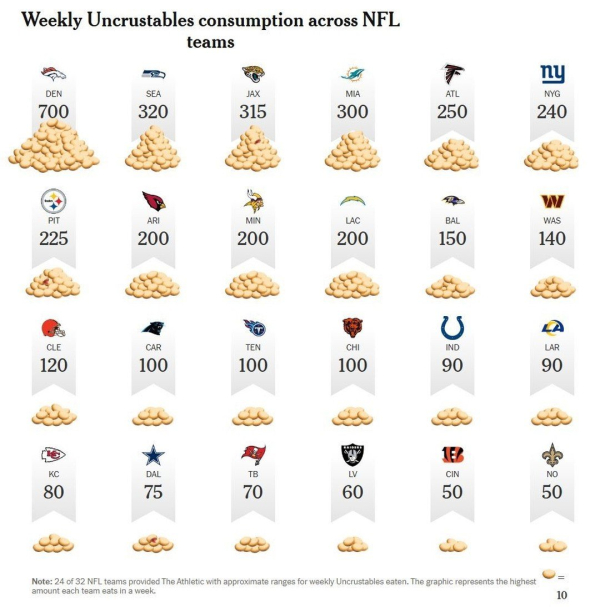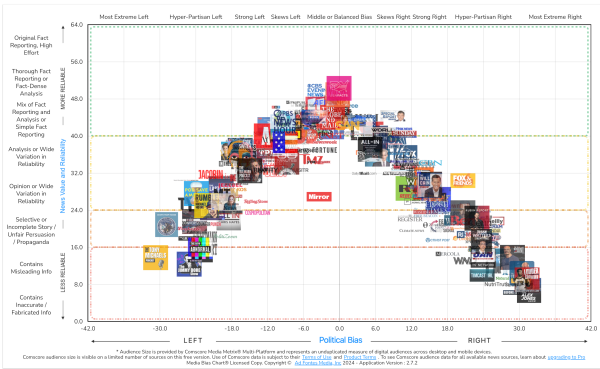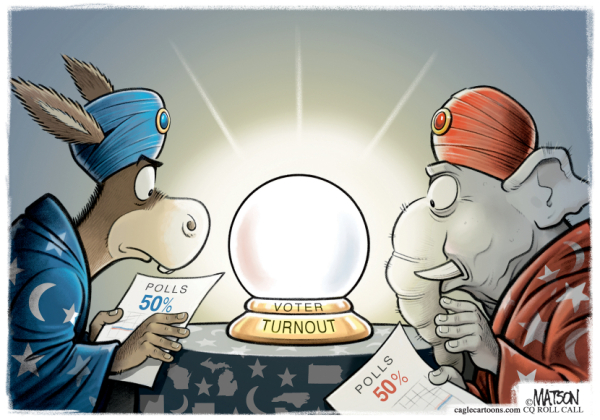Last week, I explained how to create content by simply talking to your computer using ChatGPT's new voice interface. In that post, I multi-tasked in a whole new way by writing the article by merely talking with ChatGPT while walking around my neighborhood to get some fresh air and "exercise."
In that article, I shared my conversation along with the end result – a quick and dirty article about the applications of AI voice agents. I didn't edit the article the way I usually would, but that was intentional to demonstrate what it could create on its own. My evaluation was that it produced content that met the minimum standard and provided a great starting point for me to enhance.
Next week, I'll redo that process, emphasizing the prompts used to interact with the AI. I also used some additional prompts to refine the writing.
As I find new tools, prompts, and applications, I can't help but share them with the people around me. Technology has always excited me and given me energy.
Meanwhile, as I share these tools and prompts with my son, Zach, it's clear he's not as excited as I am about them. For context, Zach and I work on these articles together. So, when I find a new writing tool that I think will make our lives easier, I'm quick to share it.
This past week, I shared some prompts with him that I thought were profound (because they were simple – but produced useful productive output). Through simple prompts and appropriate context settings, we can now get ChatGPT (or other tools like Gemini, Claude, or Perplexity) to perform functions a small business may not have internally. For example, a company could use AI as a comptroller or product manager. It can also help create reports and summarize meetings better than my assistant or I would.

Zach acknowledged the utility of capabilities like these … but described them as 'pedestrian.' He was unimpressed because, in his eyes, these were capabilities that were already possible early into the public release of ChatGPT.
He does appreciate more specific use cases for generative AI – but focuses more heavily on apps with a singular utility. For example, he likes a writing app called Lex, which works more like a standard Word Processor (but with several nicely done AI assists) … or the Hemmingway Editor app, which helps make your writing concise and correct (by suggesting fixes for lengthy, complex sentences, and common errors).
Instead of focusing on the new generality & ubiquity – and automating tasks outside his wheelhouse – he gets excited about supplementing his ability or improving his efficiency.
His lack of excitement helped me understand more why I'm excited.
Since the '90s, I've been fascinated by AI. For much of that time, two types of people shared my excitement. The first was Hollywood executives, who created cliché dystopian depictions to perpetuate a false human vs AI dichotomy (think The Terminator, I, Robot, or 2001: A Space Odyssey). The other were other people like me. Entrepreneurs or academics looking to leverage exponential technologies.
The average person had very little practical exposure to AI outside of the hidden-in-plain-sight applications that were often glorified decision logic. Eventually, you got tools like Siri or Alexa that put it into everyone's home.
My son takes for granted that even when ChatGPT grew popular, using it well took expertise. You had to be clever, deliberate, and patient to get results that weren't verbose garbage.
AI is genuinely becoming not just available but accessible.
Three great examples are Letterly, Talktastic, and Rosebud Journal.
Letterly is an application that allows me to dictate whatever I'm thinking. It runs a process behind the scenes to organize and clean up disorganized text. Then it gives me dozens of rewrite options that allow me to choose the tone (Business, Casual, Friendly, Clear and Concise, etc.), the purpose (Email, Social Post, Journal Entry, etc.), and the type of output (Structured, 2X Shorter, Meeting Takeaways, Detailed Summary, Outline, etc.). It sounds much more complicated than it really is. The primary reason that I like it is that it's so simple that I take it for granted.
Another tool like that is Talktastic. For short burst dictation, TalkTastic is better than speech recognition tools (like ChatGPT, OpenAI Whisper, Google Speech-to-Text, or Apple Dictation). It is a game changer because it interprets what you're saying based on what it sees on your computer screen, regardless of the app or website. That means when you trigger it to run, TalkTastic analyzes a snapshot of your chosen app and automatically understands your conversation's tone, style, and substance while accurately spelling people's names and easily confused words. So you can turn your rough ideas into thoughtful and articulate language everywhere. I use it dozens of times every day to create short messages, emails, and even some of the sentences in an article like this. Currently, Taltastic only works on macOS devices (and is totally free while in beta).
Rosebud is a journalling app reimagined to incorporate AI in many subtle and clever ways. I've been tempted to journal many times throughout my career, but always found reasons to abandon the practice. That's not true anymore. Rosebud's AI journal has fundamentally changed how I look at and use tools like this. Chatting with AI tools is one thing (I wrote about that in a post called Conversing With AI), but Rosebud is a level beyond even that. It has all the benefits of a traditional journal, but it adds intelligent responses, subtle prompts, and reminders to think about certain things. It's interactive and collaborative. It challenges you to re-examine certain beliefs, set goals, or measure success in different ways. Try it!
Each of these tools is a great example of something you quickly take for granted because it's easy to get used to nice things.
Expect a lot more things like that.
Isn't that exciting?




 This image was created using
This image was created using 


 via
via 